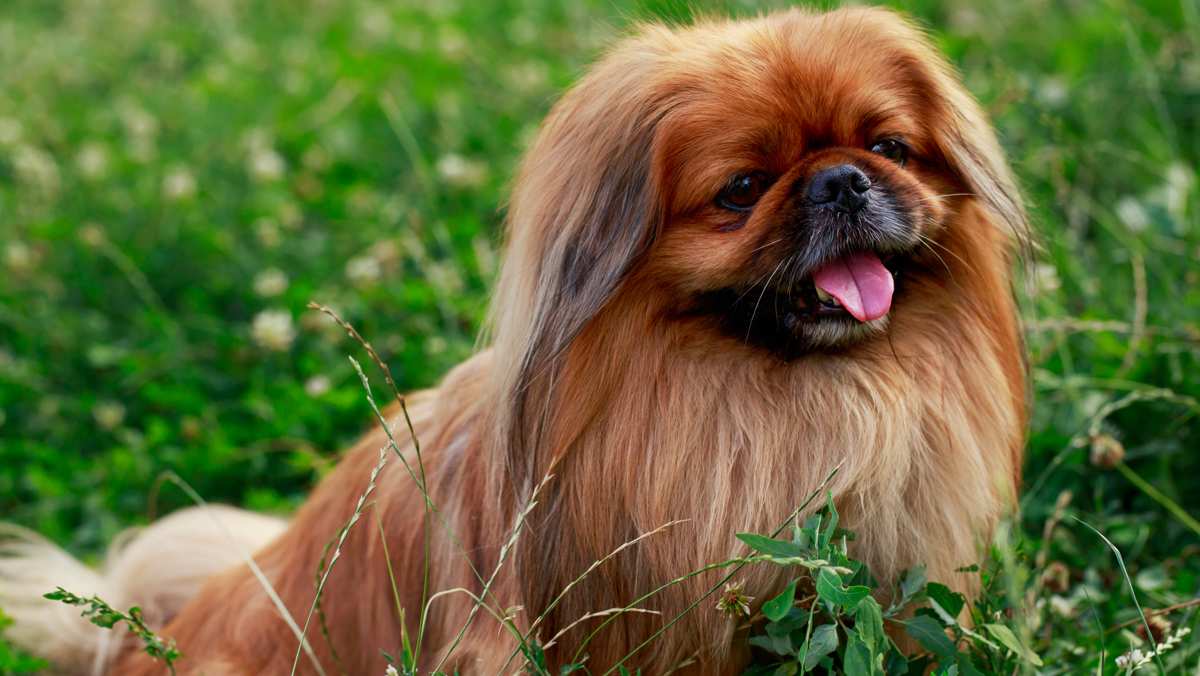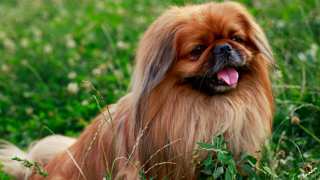Pekingese Breed Details
The Pekingese is a member of the Toy group of breeds; these dogs have existed purely as companion animals for centuries. As such, Pekingese are best suited for singles, seniors, and families--but potential owners will need to be able to deal with these dogs' self-important, oftentimes stubborn personalities.
A few Pekingese facts: they're small-sized (but solidly built), with height at the shoulders averaging 6-9 inches and weight from 7-14 pounds; they have long, thick, double-layered coats that come in a wide variety of both solid and multi-colored patterns. Some Pekingese pros and cons:
PROS:
- Intelligent
- Affectionate and loyal to family members
- Adapts very well to apartment living
- Playful and fun-loving
- Low to moderate exercise requirements
- Tolerates other pets fairly well
- Good watchdog abilities
- Socializes especially well with cats
CONS:
- Strong-willed and stubborn
- Not hypoallergenic
- Frequent grooming required
- Difficult to train (including housebreaking)
- Barks often
- Known for frequent "bodily sounds" (snoring, wheezing, flatulence)
- Not good for homes with small children
- Sheds profusely
- Numerous potential health issues











